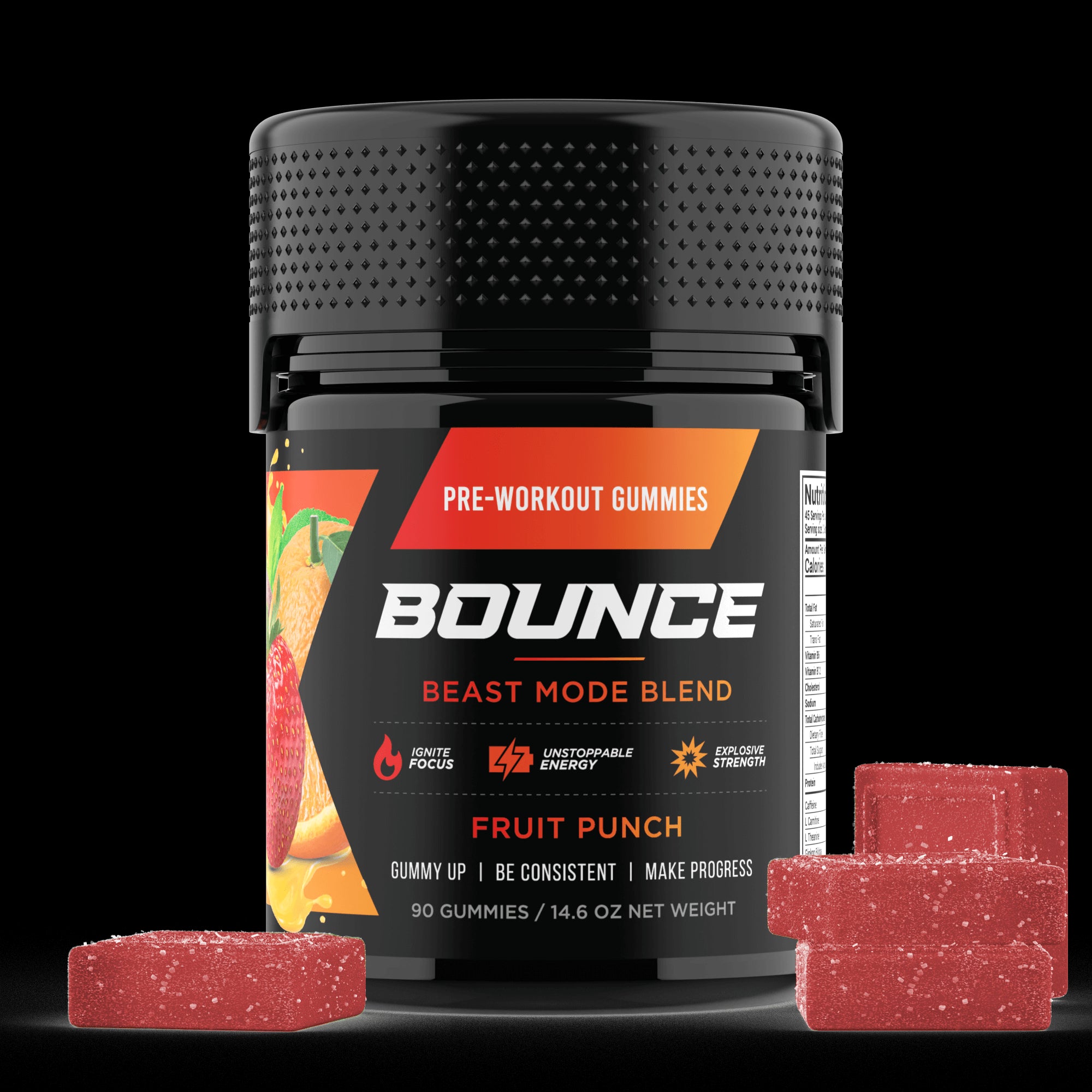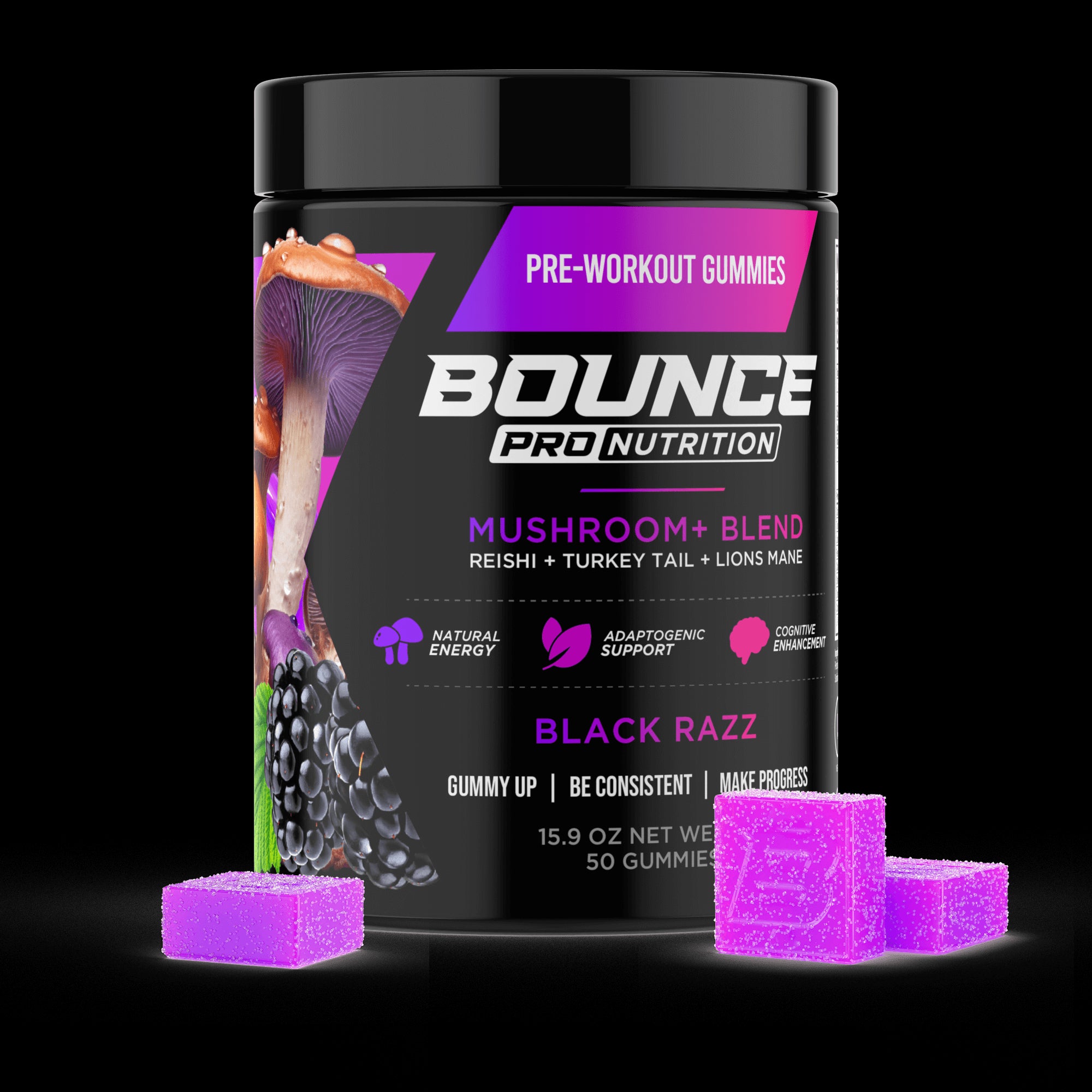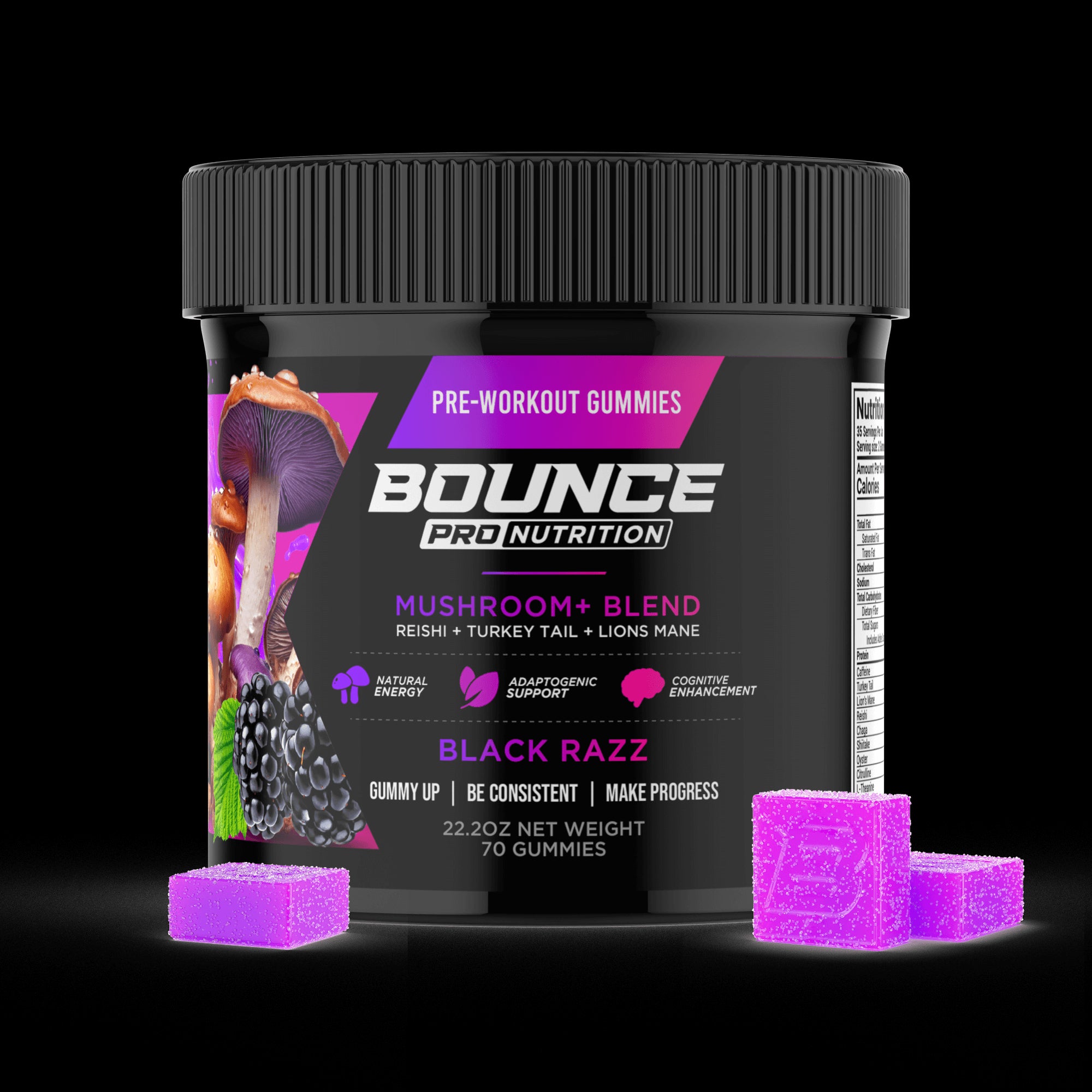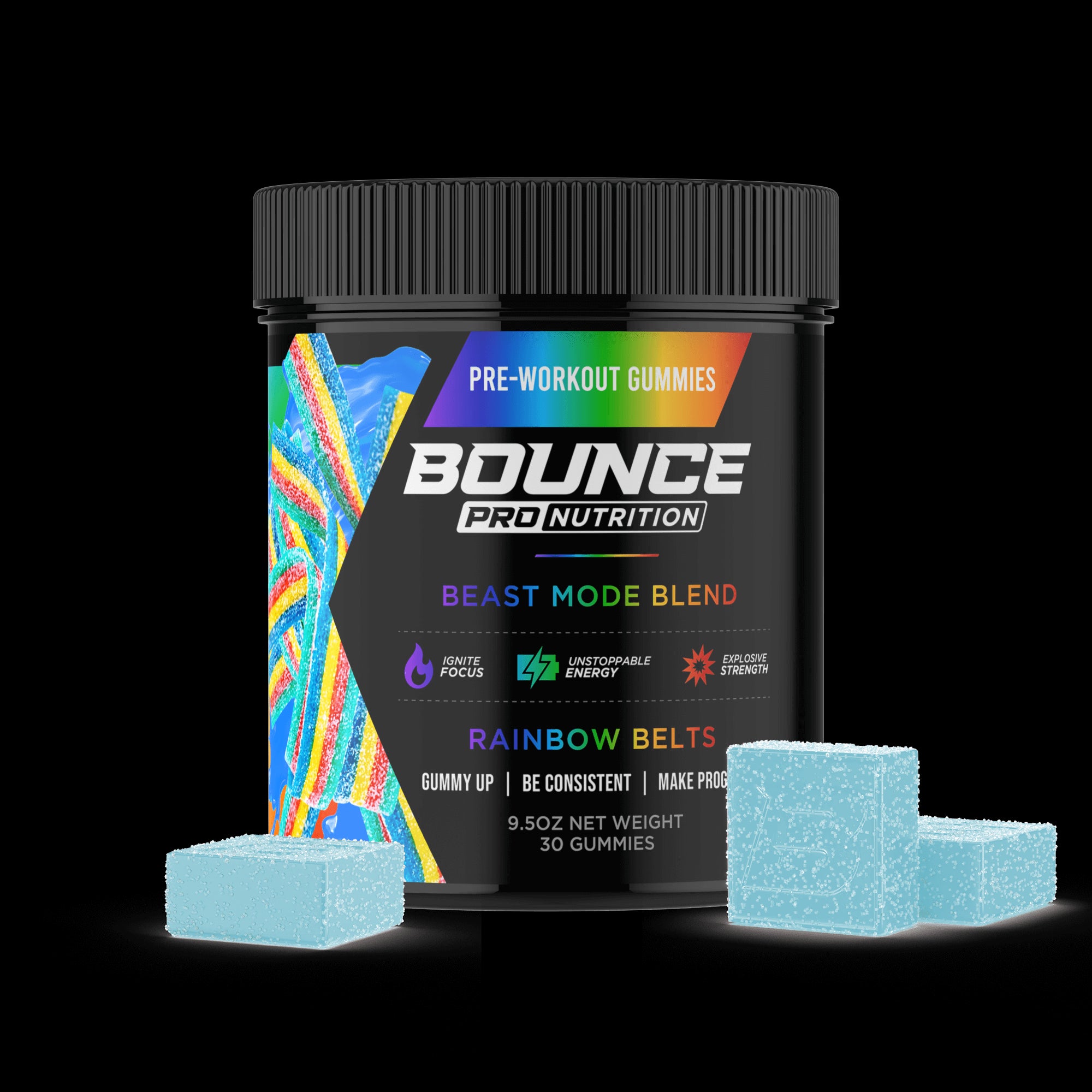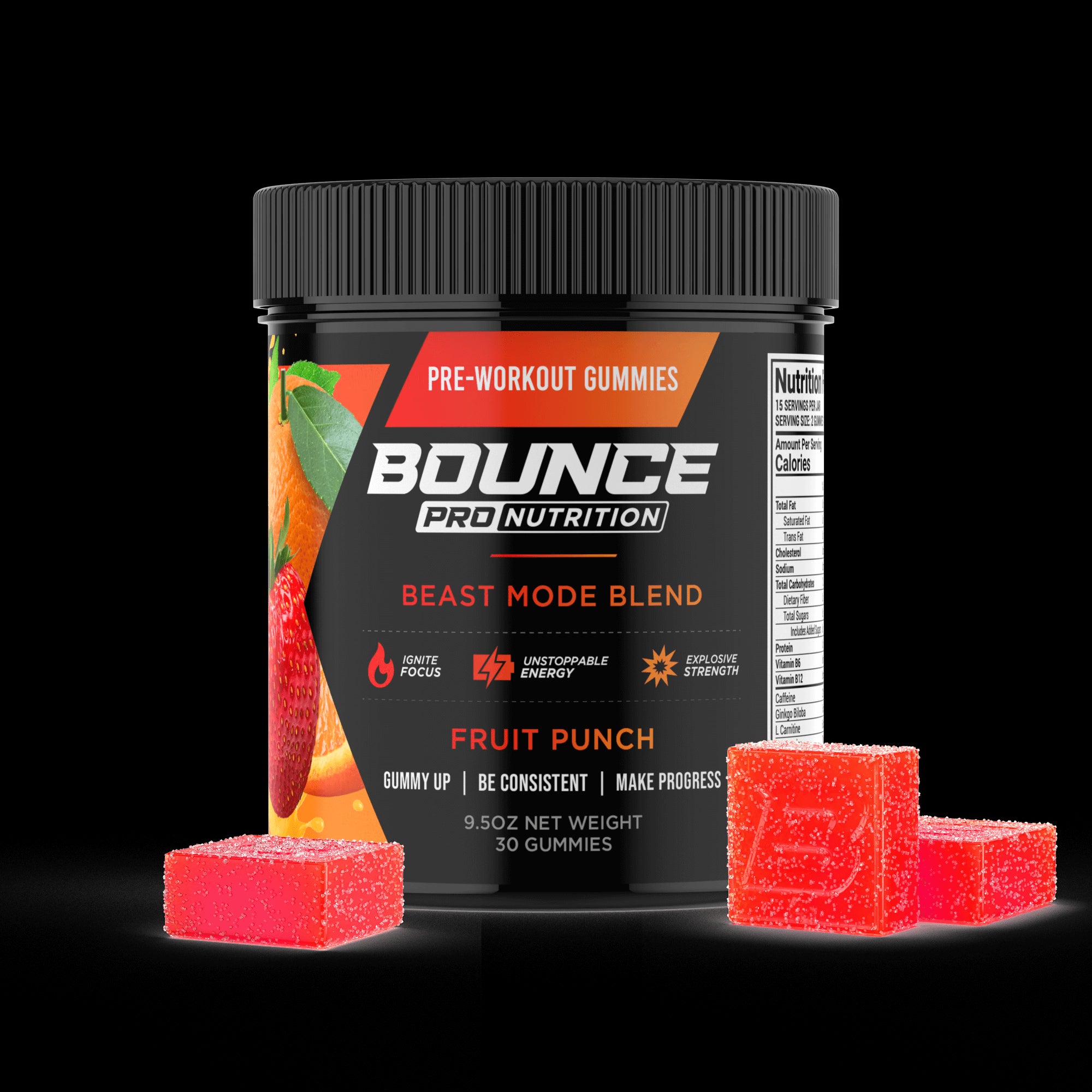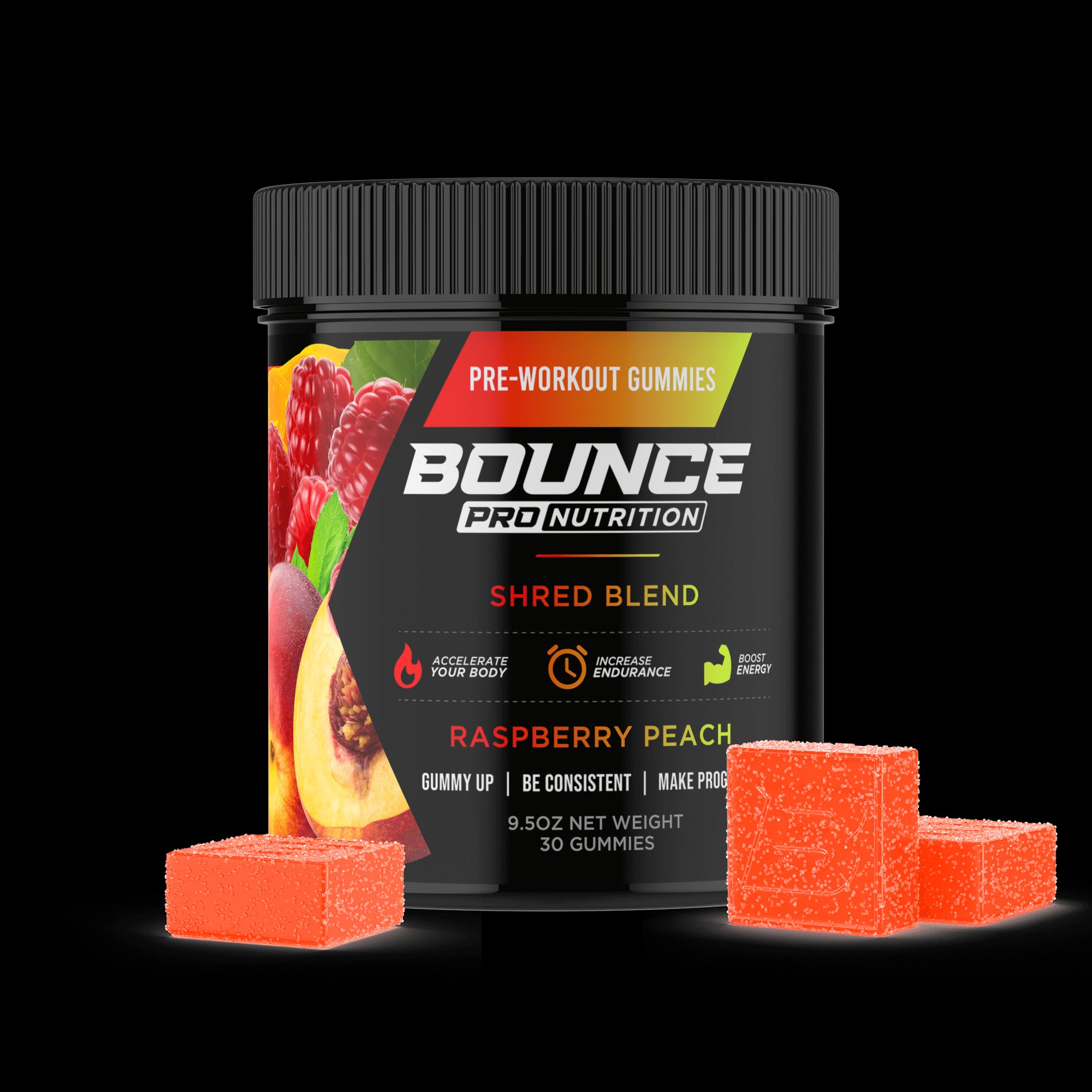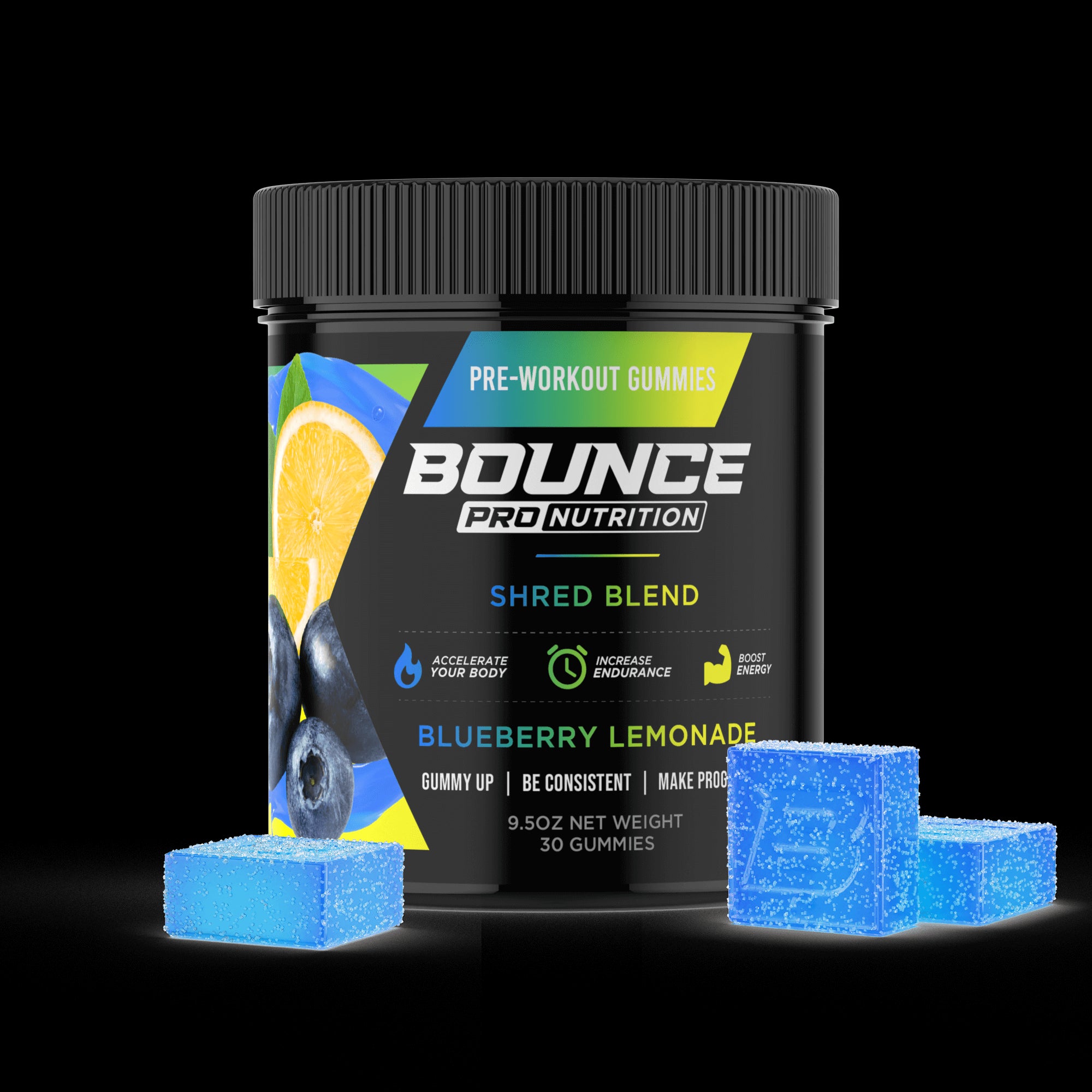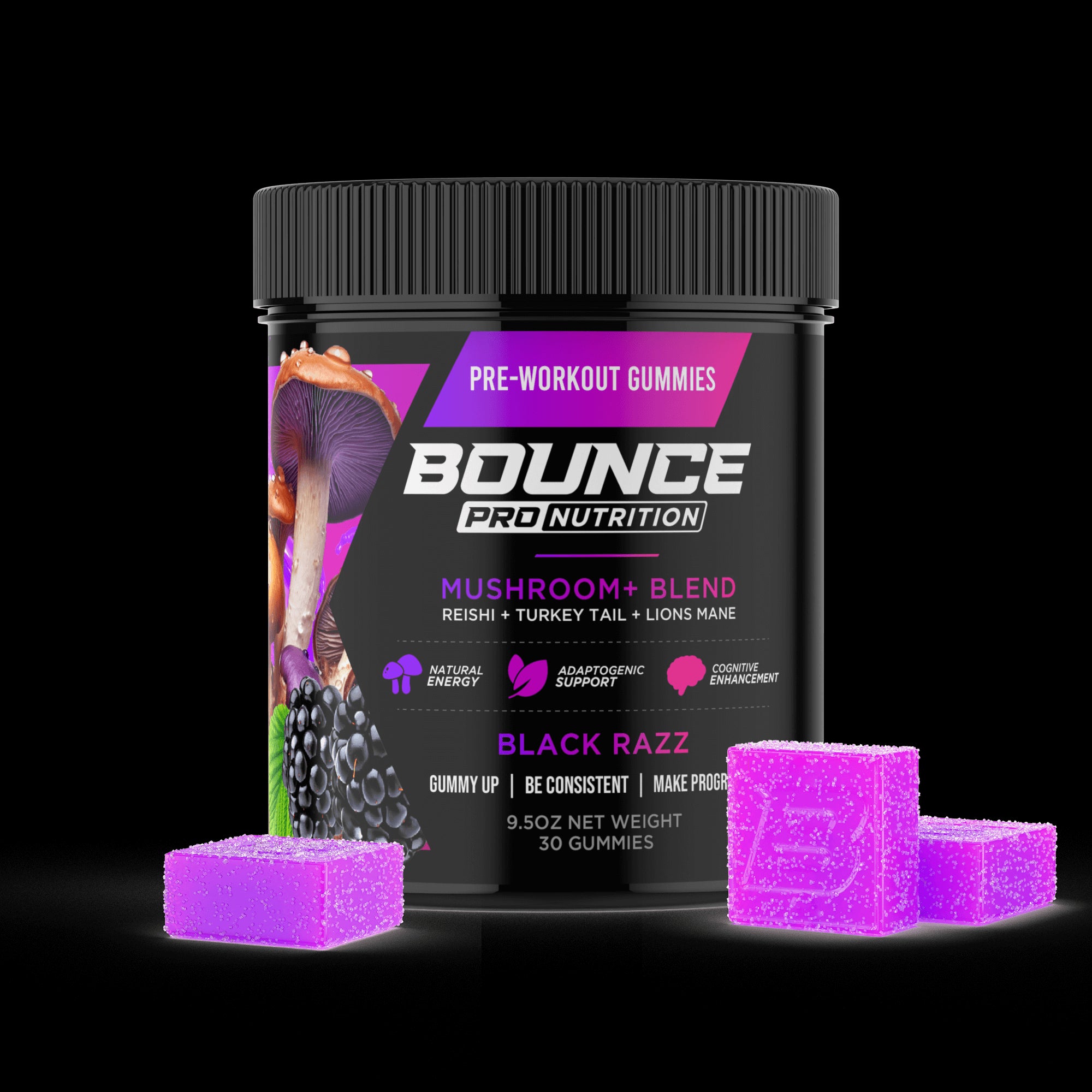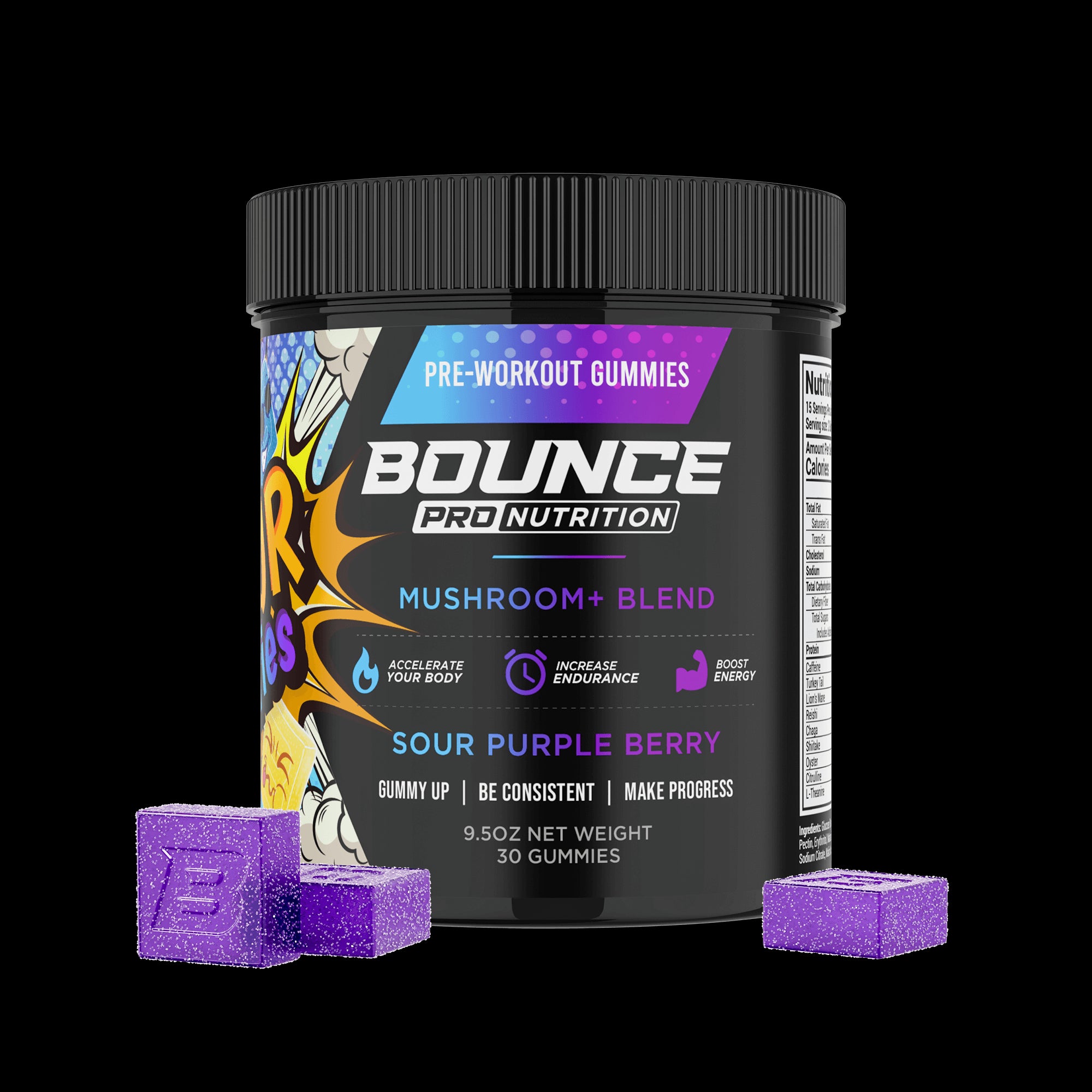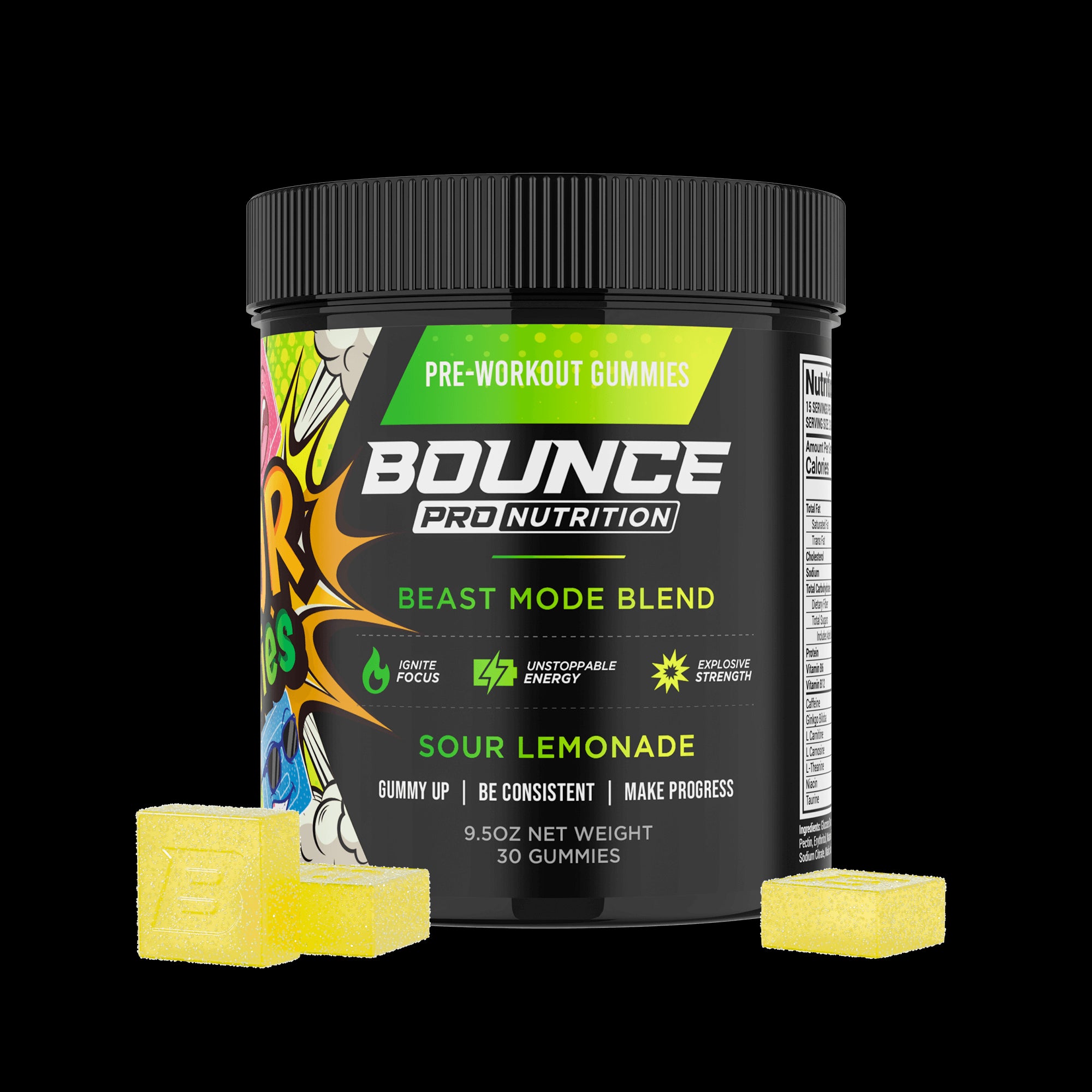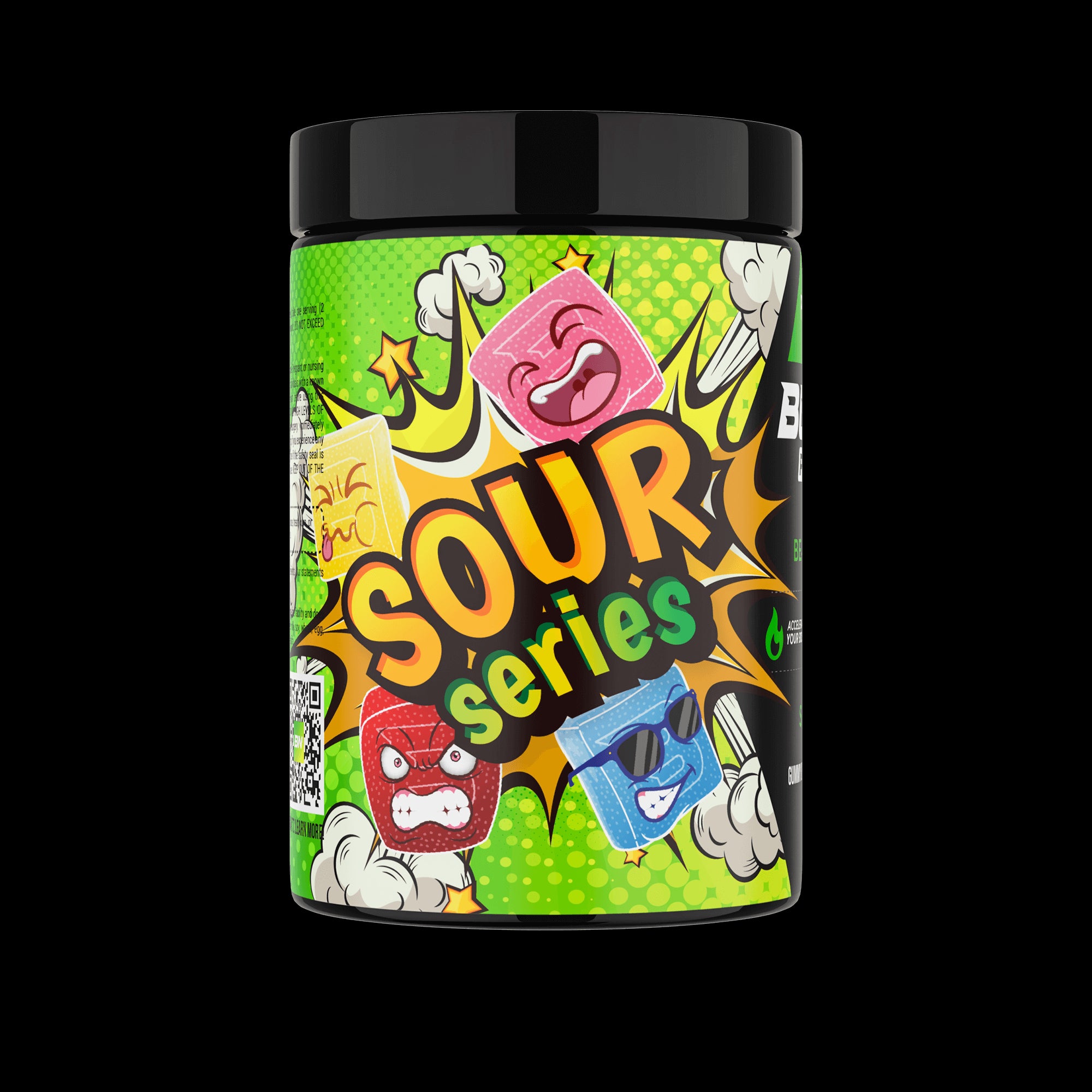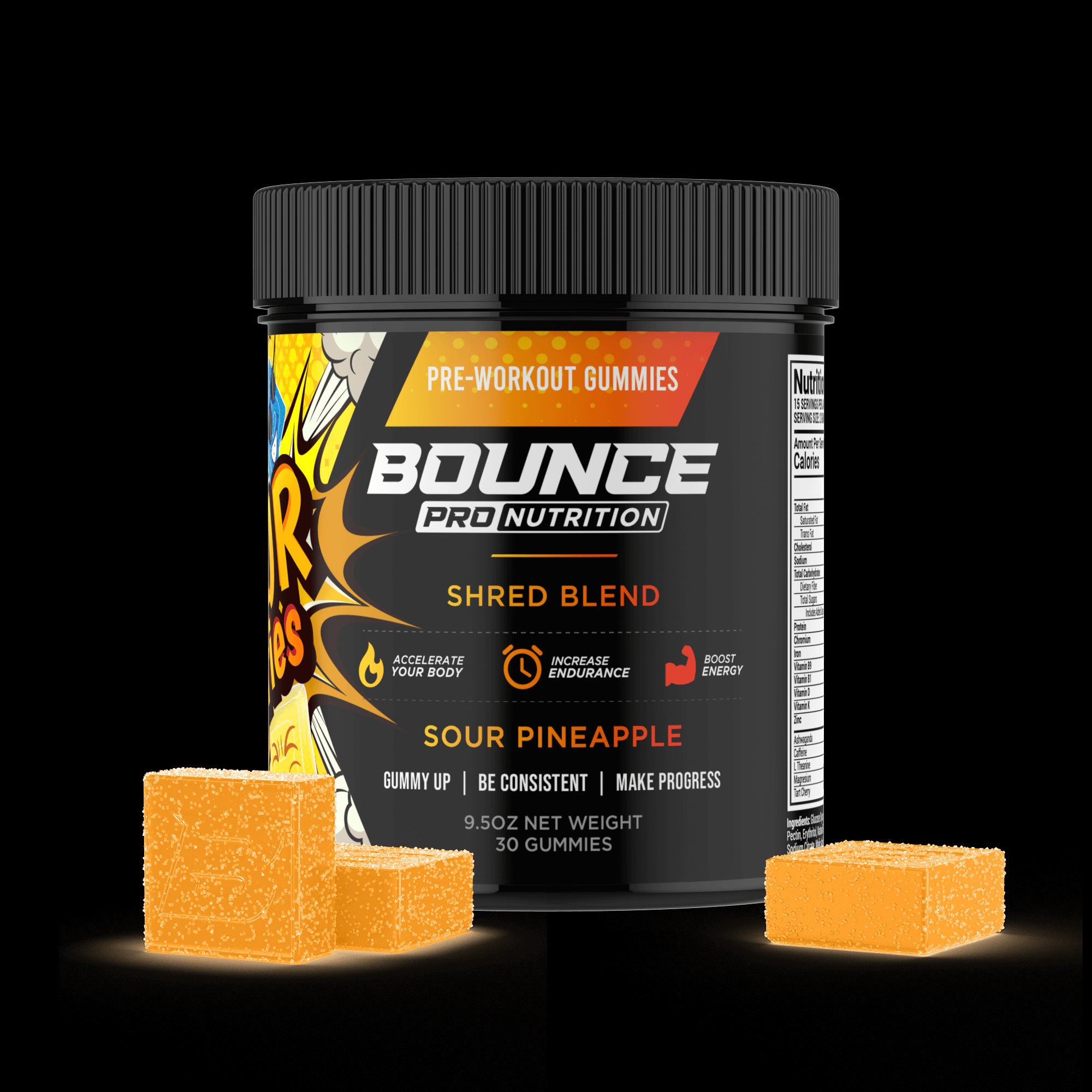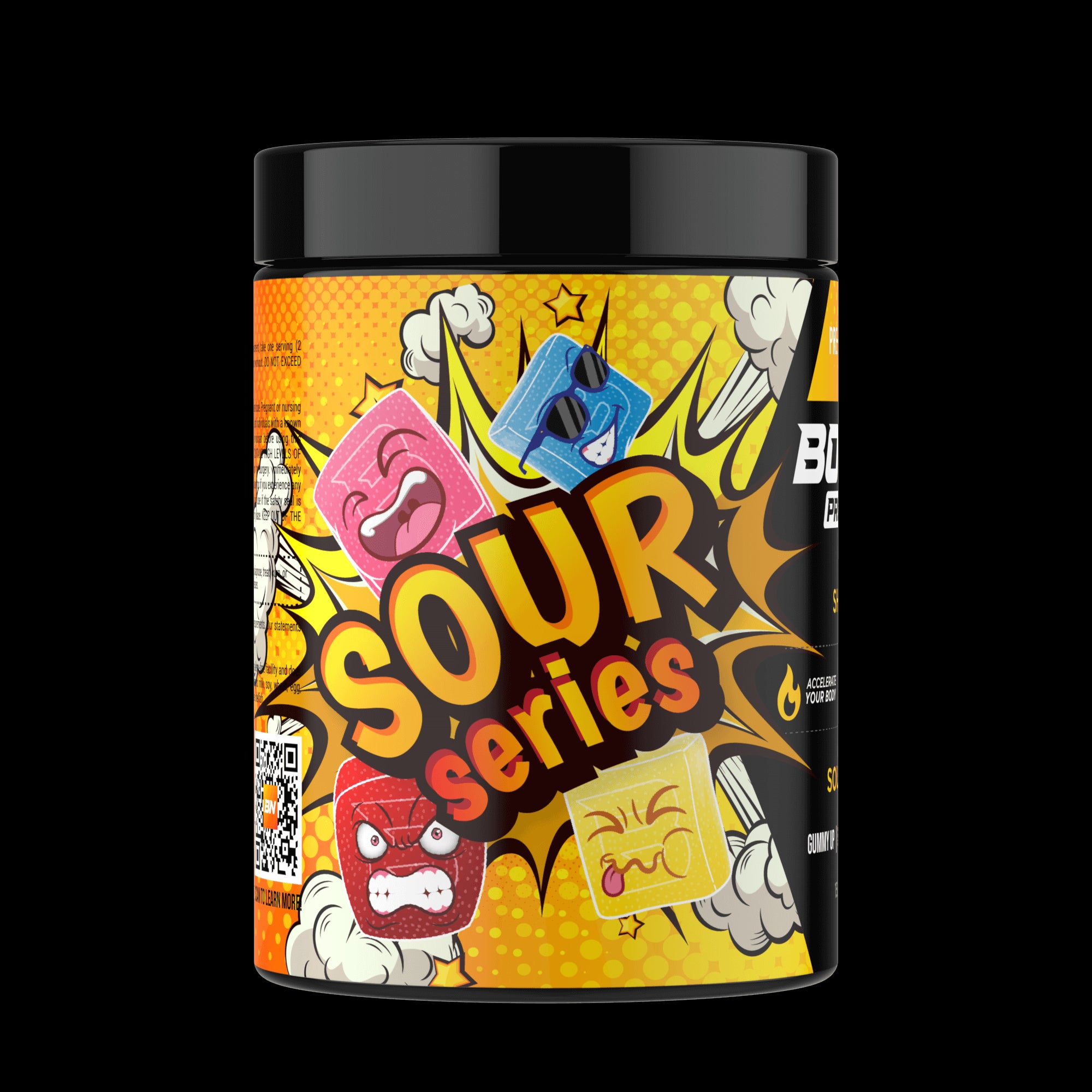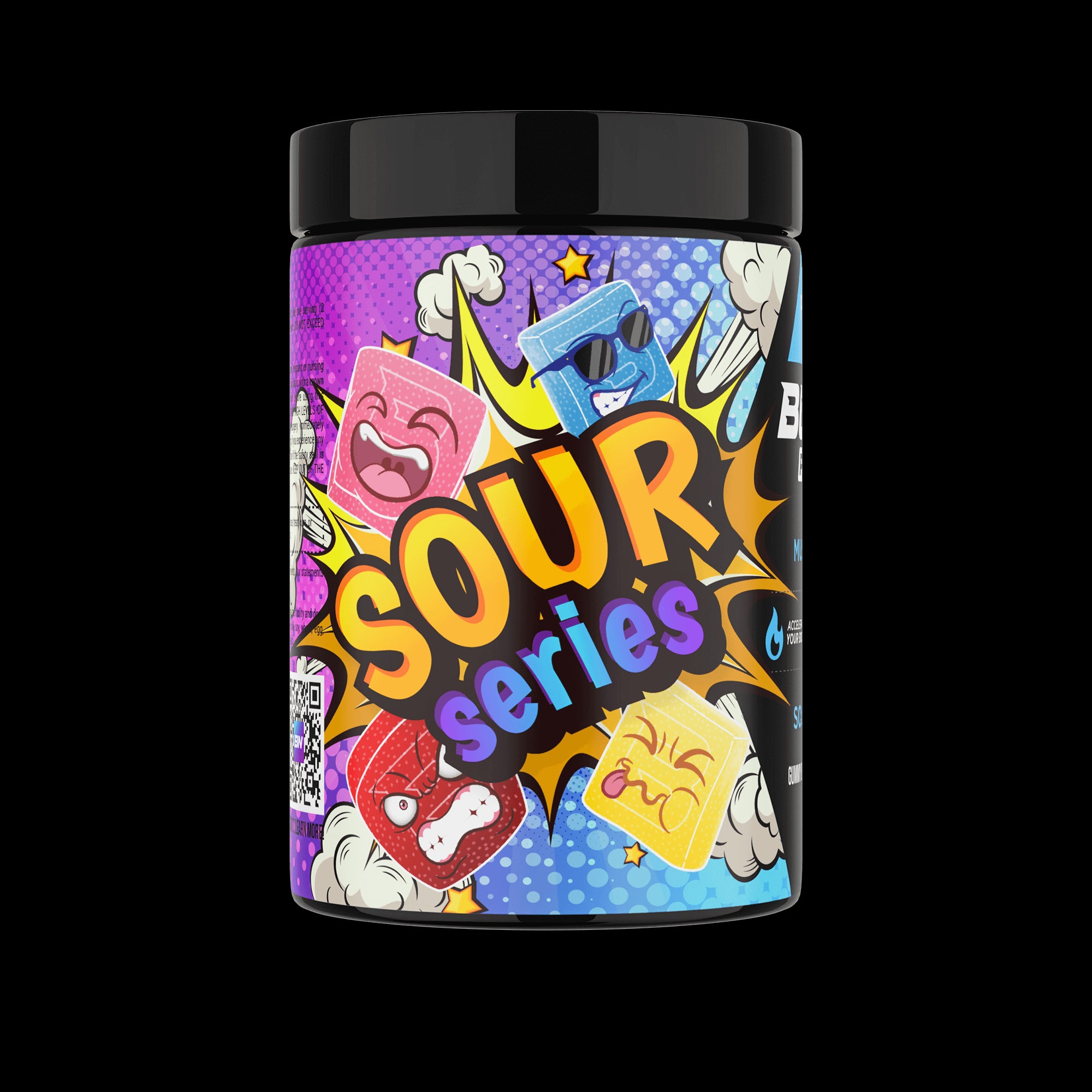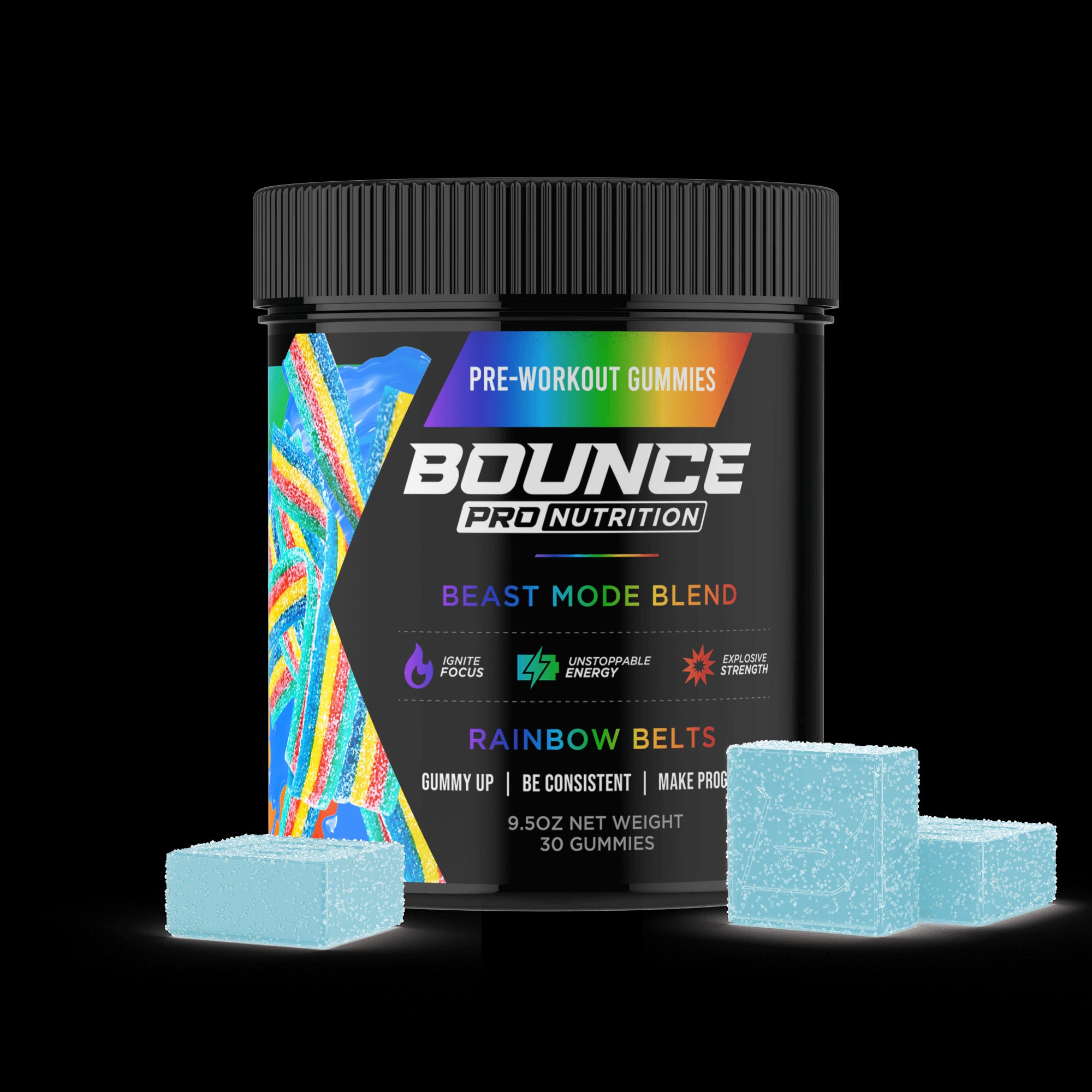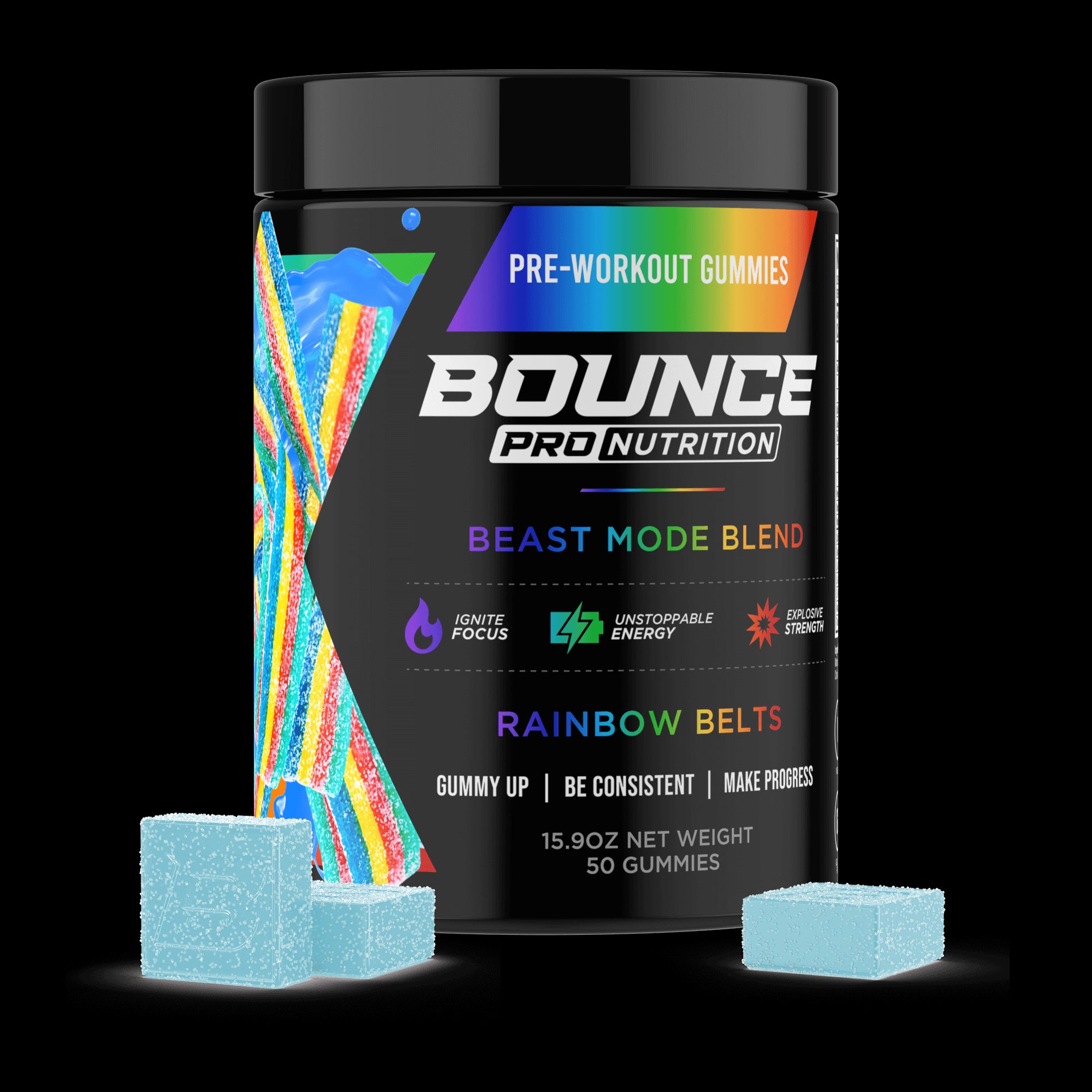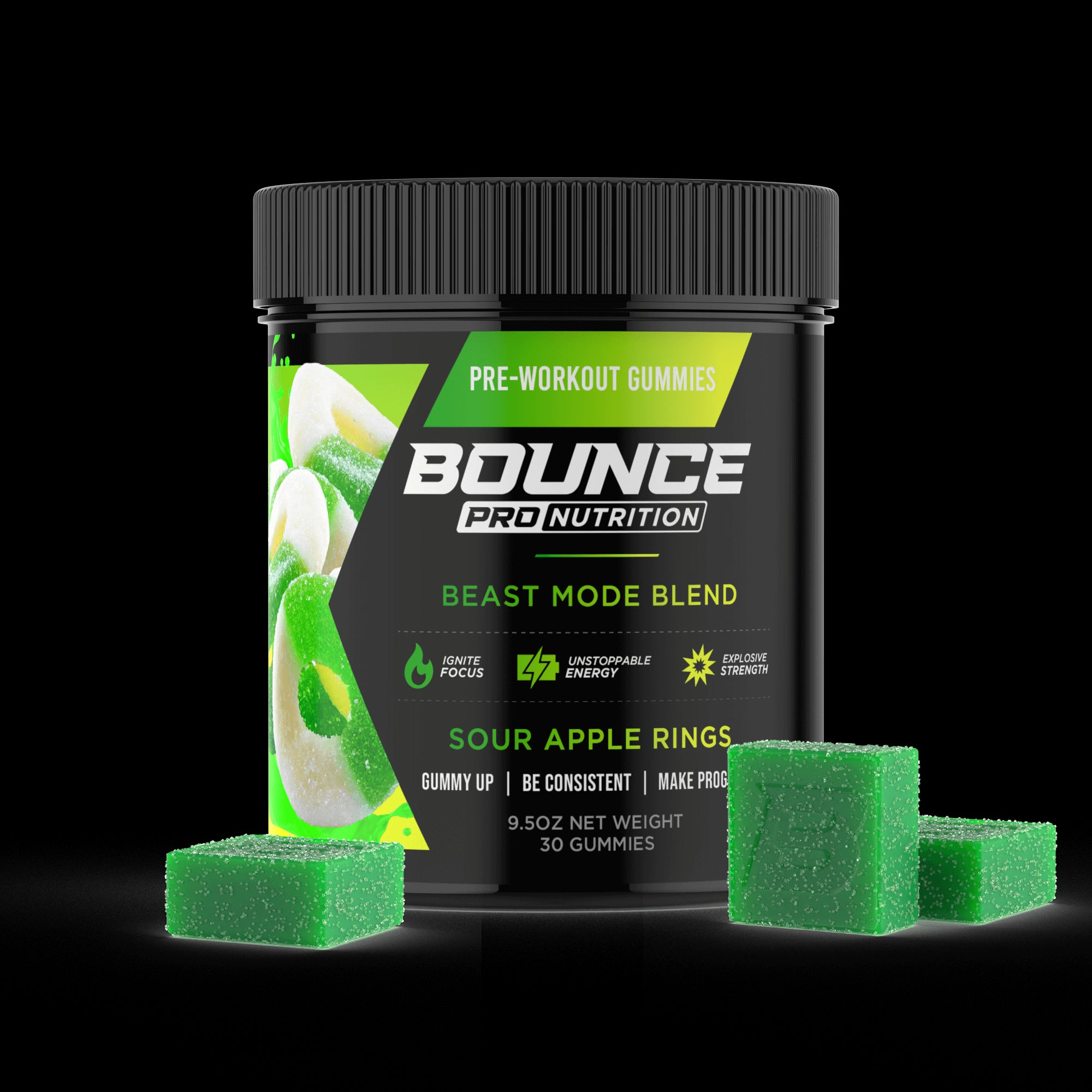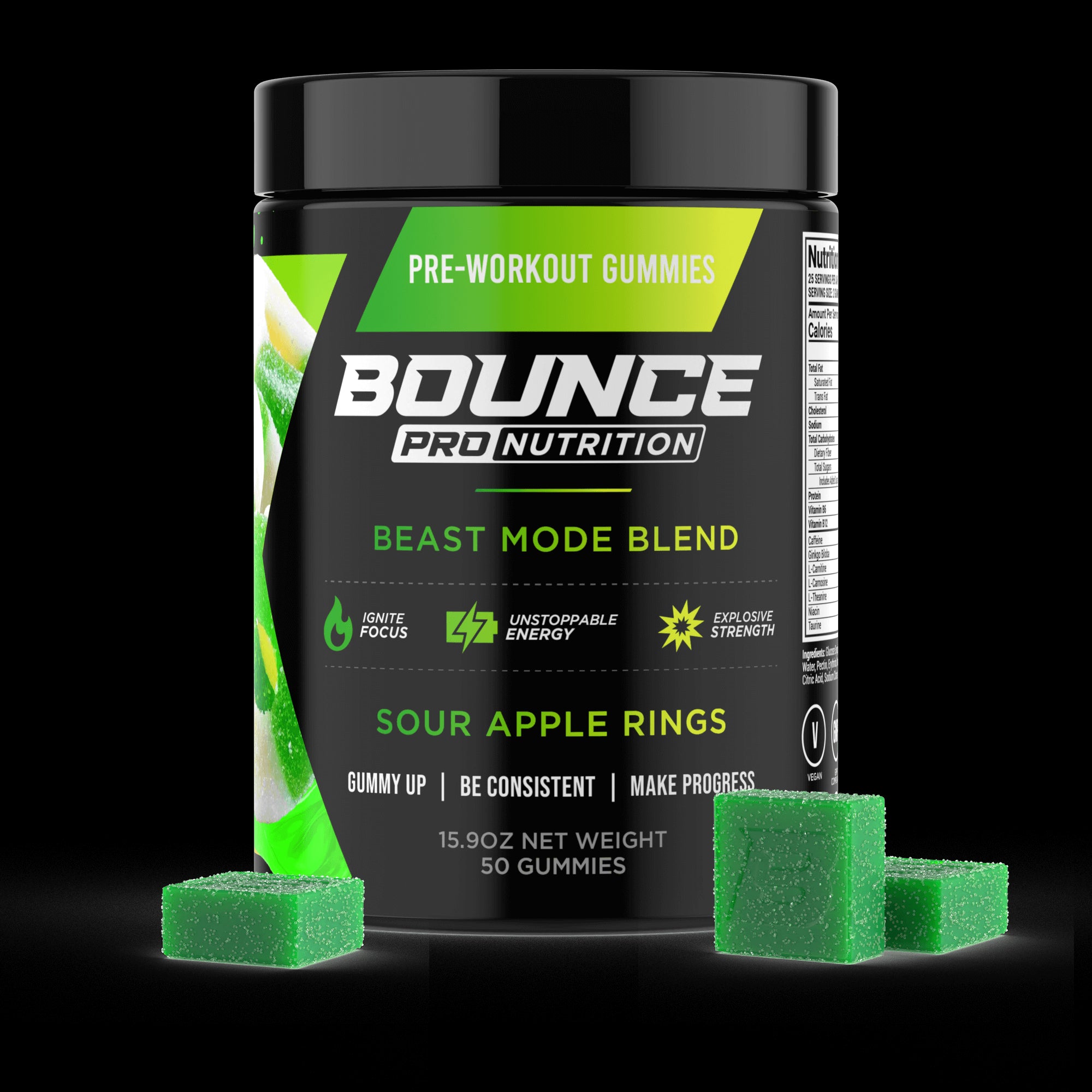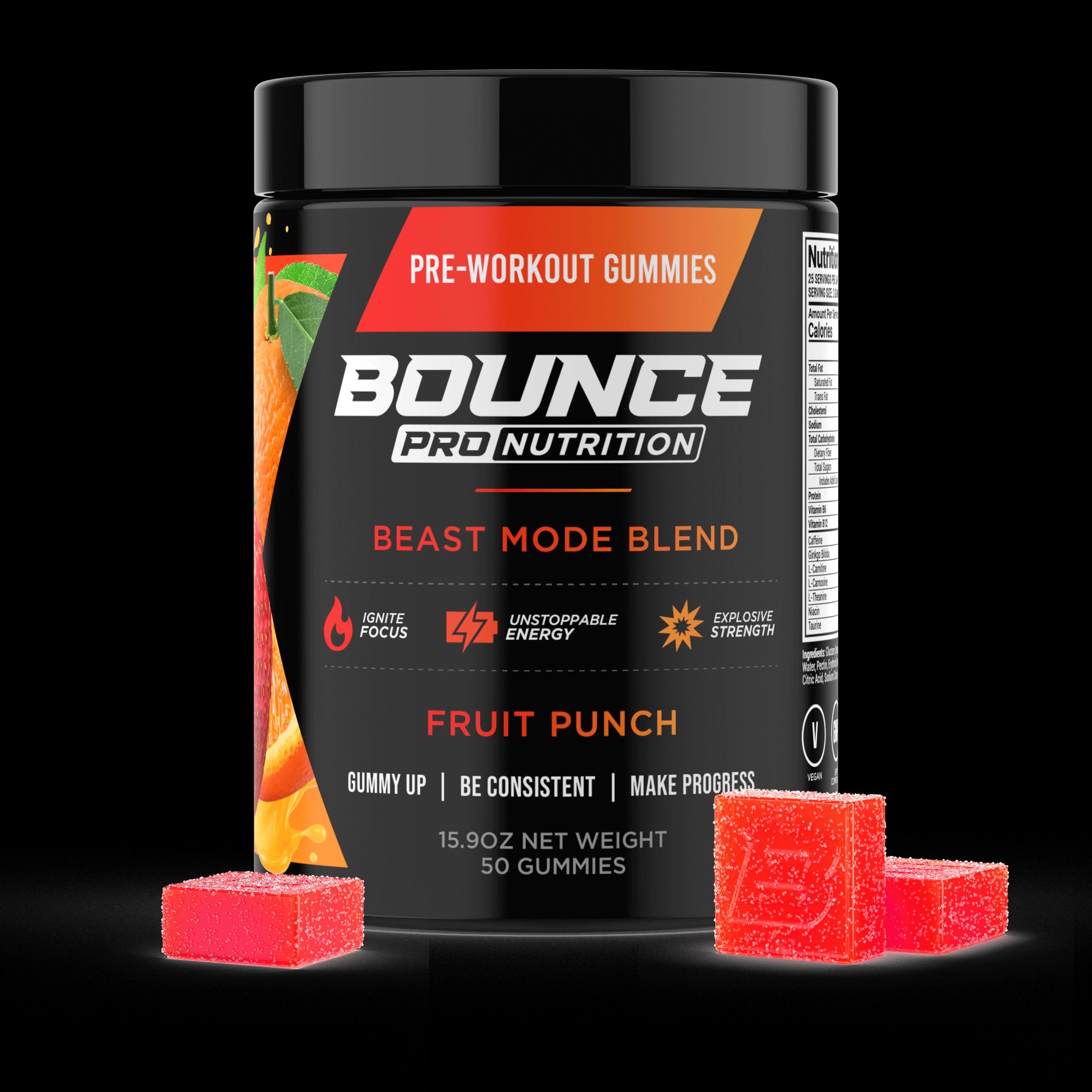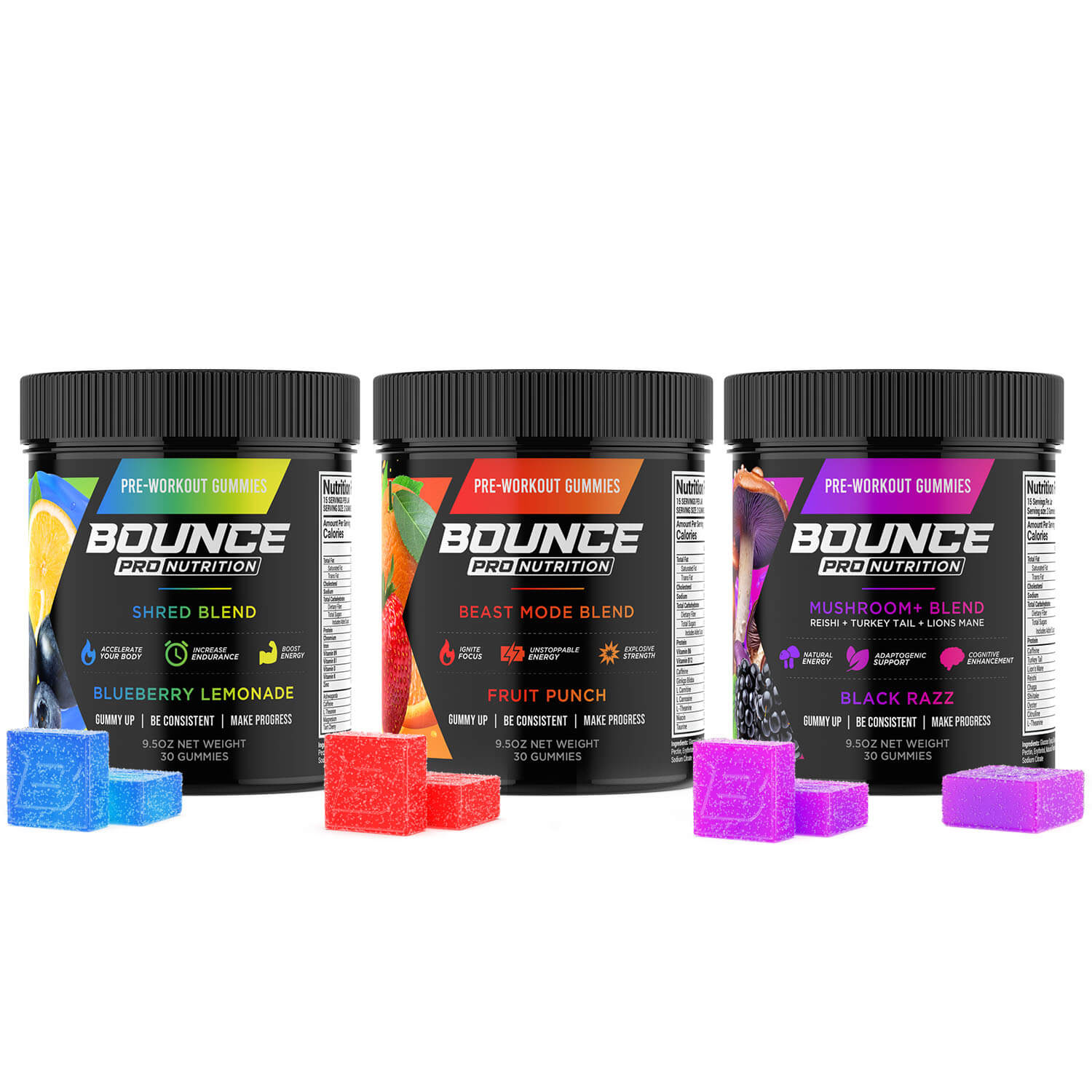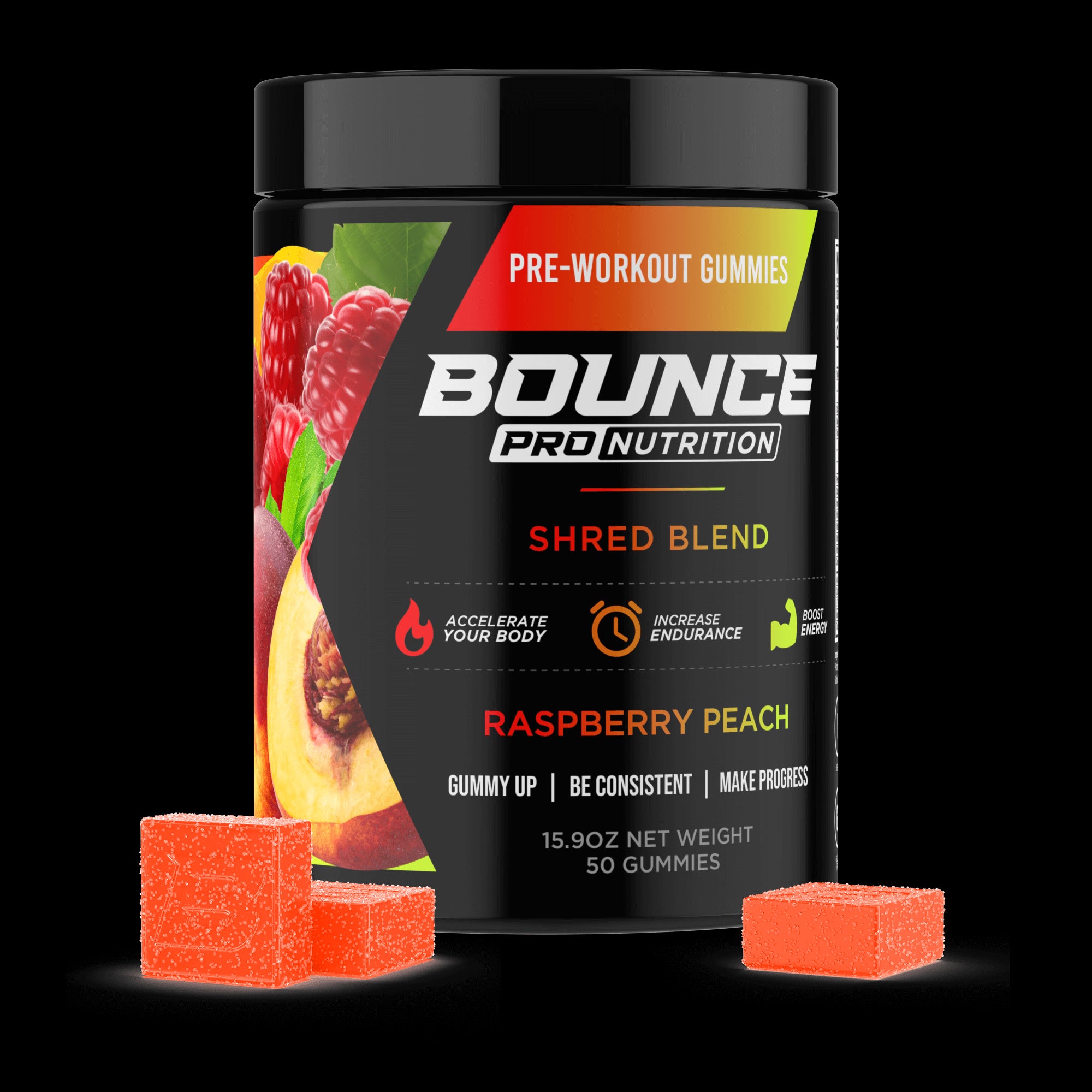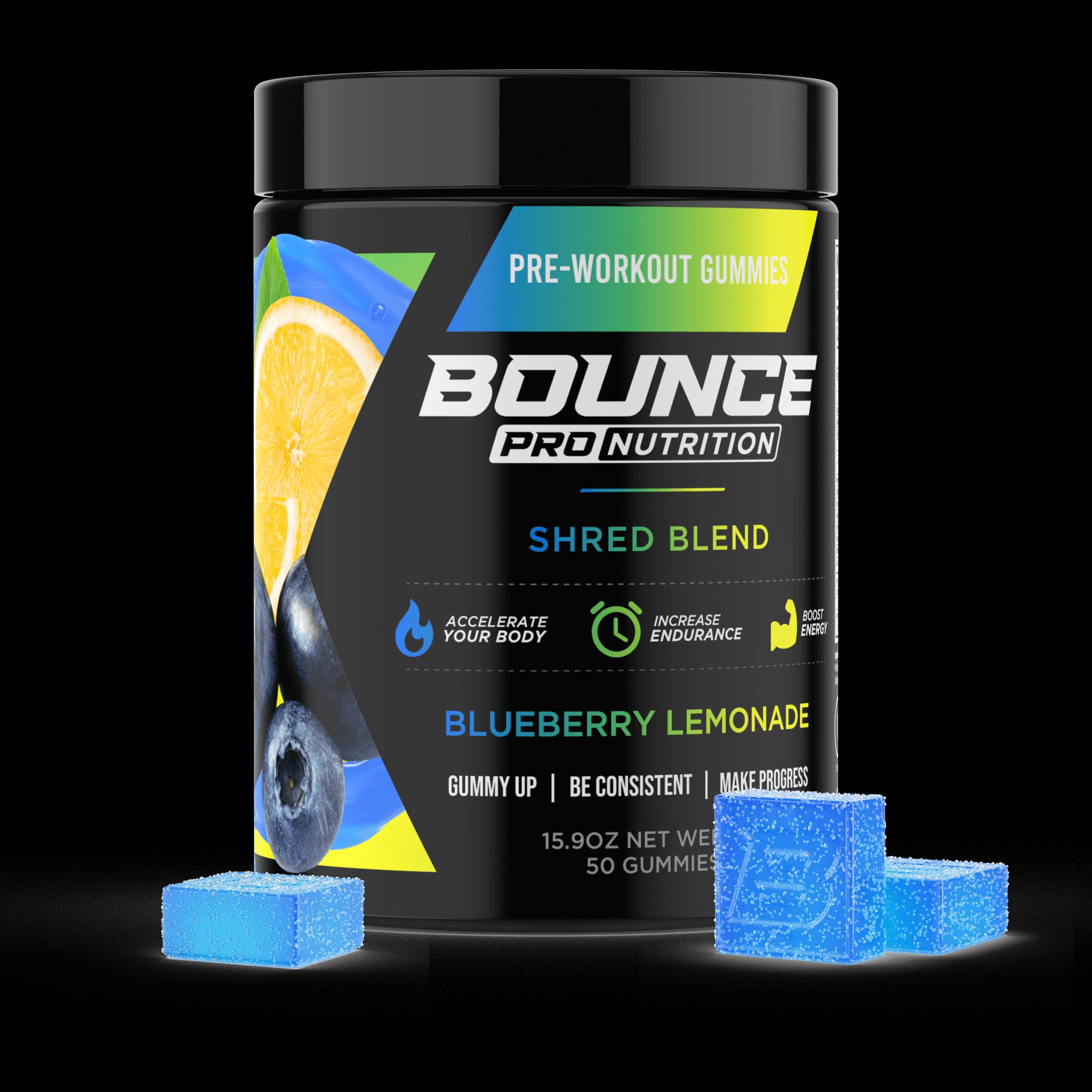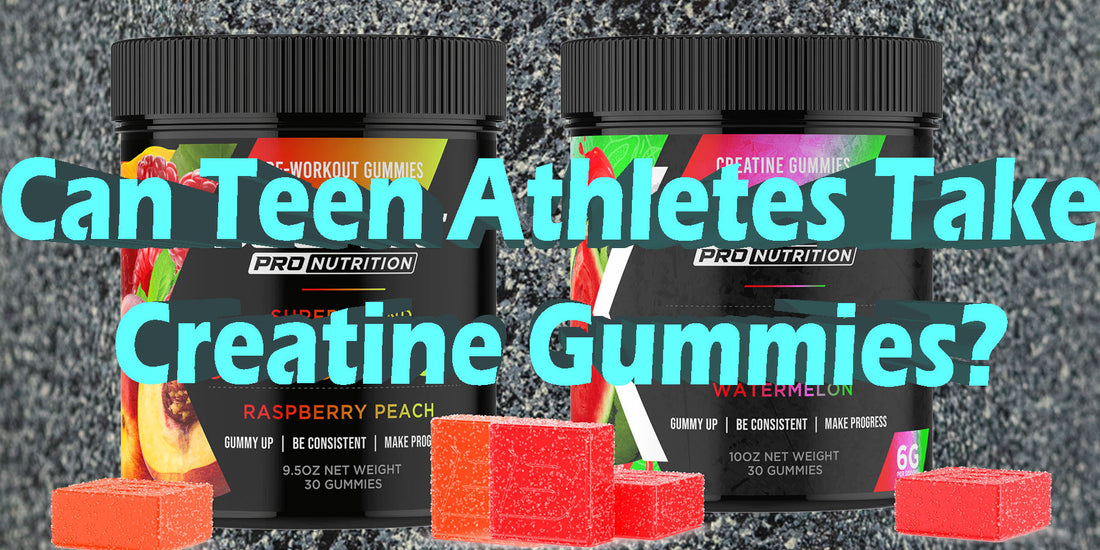The world of youth sports has become more competitive than ever, and with that intensity comes a growing curiosity about sports supplements. It’s a conversation that often starts in the locker room or on social media, and then eventually makes its way to the family dinner table. A young, dedicated athlete comes to you, their parent, asking about creatine—a supplement they’ve heard can make them stronger and faster. And now, that supplement comes in a new, highly appealing format: creatine gummies.
This immediately raises a host of important and valid questions for any parent. How can something that looks so simple and fun be a serious performance tool, and more importantly, is it safe for a body that is still growing and developing? Well, navigating this topic isn't about a simple yes or no. It's about stepping into a nuanced conversation, armed with facts, to make an informed decision that prioritizes your teen’s long-term health above all else. This requires a calm, honest look at the science, the expert opinions, and the practical realities of supplementation for young athletes.
TO BUY CREATINE GUMMIES CLICK HERE
What is the Purpose of Taking Creatine as a Supplementation?
Before we can explore the specific question of teen use, it's crucial for parents to understand the fundamental purpose of this well-known supplement. Creatine is not a stimulant that provides an artificial jolt of energy, nor is it a protein that directly builds muscle tissue. Its role is far more foundational and intricate, centered on enhancing your body's own natural energy systems at a cellular level. It is one of the most extensively researched sports supplements on the planet, with hundreds of studies backing its efficacy and safety. The primary goal of supplementing with creatine is to increase the stores of phosphocreatine within your muscles, which then serves as a rapid reserve to regenerate your body's main energy currency known as adenosine triphosphate (ATP).
To totally grasp its importance, it's helpful to look at the specific purposes that have made creatine a staple for athletes and fitness enthusiasts for decades. These benefits below go beyond simple muscle building and touch on multiple aspects of performance and even cognitive health:
-
To Fuel Explosive Power and Strength: The most celebrated purpose of creatine is its direct role in energy production for short, high-intensity movements that last for about 1-10 seconds. Think of your muscle cells as having tiny, rechargeable batteries; these batteries are powered by ATP. When you perform an explosive activity like a heavy squat, a box jump, or the final push in a sprint, you deplete these batteries almost instantly. Creatine, stored in your muscles as phosphocreatine, acts as a rapid recharger, donating its phosphate molecule to quickly rebuild ATP. By increasing your muscle's phosphocreatine stores through supplementation, you enhance this recharging capacity, allowing you to sustain maximum power for a few crucial seconds longer, which can mean the difference between completing a tough repetition or failing the set.
-
To Support Lean Muscle Growth: While creatine itself is not a physical building block of muscle in the way protein is, it acts as a powerful catalyst for hypertrophy (muscle growth) through two primary mechanisms. First and foremost, by enhancing your strength and power, it allows you to consistently provide a greater training stimulus to your muscles over time by lifting heavier weights or performing more reps. This progressive overload is the fundamental driver of muscle adaptation and growth. Secondly, creatine promotes a process known as cell volumization by drawing more water into the muscle cells. This not only contributes to a fuller, more toned appearance but is also believed to act as an anabolic signal that can help reduce muscle protein breakdown and stimulate the pathways responsible for building new, lean muscle tissue.
-
To Enhance Exercise Performance Across Various Disciplines: The benefits of creatine are certainly not limited to just elite powerlifters or bodybuilders; its utility extends to a wide array of athletic and fitness pursuits popular with women. Any activity that relies on repeated bursts of high-intensity effort can be improved by enhanced ATP regeneration. This includes the all-out intervals in a HIIT or spin class, the explosive movements in a CrossFit WOD, the repeated sprints in sports like soccer or tennis, and even the powerful transitions in an advanced yoga flow. By helping you recover more quickly between these intense efforts, creatine allows you to maintain a higher quality of work and a greater level of intensity throughout the entire duration of your workout or event.
-
To Aid in Faster Recovery Between Sets and Workouts: The concept of recovery can be viewed on both a micro and macro level, and creatine provides benefits to both. On a micro-level, during your workout, faster ATP regeneration means you can recover more quickly between your sets. This might mean needing slightly less rest time or feeling stronger and more prepared for your next set, allowing you to accumulate more high-quality training volume. On a macro-level, some scientific research suggests that creatine supplementation may help to mitigate some of the muscle cell damage and inflammation that occurs after a strenuous workout. By potentially reducing these markers of damage, it can help lessen the severity of delayed onset muscle soreness (DOMS), contributing to a more efficient and comfortable recovery process in the days following your training.
-
To Support Cognitive Function and Brain Health: An exciting and rapidly growing area of research is focused on creatine's significant role outside of the muscles. Your brain is an incredibly energy-demanding organ that also uses a large amount of ATP to fuel its complex processes, from memory recall to complex problem-solving. Just as it does in the muscles, creatine acts as a key energy reserve in the brain. Studies have suggested that creatine supplementation can have noticeable benefits for cognitive function, particularly in situations that are mentally taxing or when you are sleep-deprived. This can translate to improvements in short-term memory, faster processing speed, and a reduction in mental fatigue, making it a truly holistic supplement that supports both a strong body and a sharp mind.
Do Adults and Teens Process Creatine Differently from One Another?
The question of whether a teenager's body processes creatine differently than a fully grown adult's is central to any discussion about safety. At the most fundamental biochemical level, the mechanism of action is identical: creatine is transported to the muscles, converted to phosphocreatine, and used to help regenerate ATP for energy. However, the context in which this process occurs is vastly different. A teenager's body is not simply a smaller version of an adult's; it is a dynamic system undergoing constant growth, hormonal shifts, and development. These developmental factors are the primary reason for the caution advised by many medical professionals when it comes to any form of supplementation in this age group.
The most significant consideration is the simple fact that a teenager's body is still growing. The long-term effects of consistent creatine supplementation on developing organs, particularly the kidneys and liver, have not been studied over multiple decades in adolescent populations. While short-term studies have generally not shown adverse effects on these organs in healthy teens, the lack of truly long-term data covering the entire span of development is a major gap in the research.
The kidneys are responsible for filtering creatinine, the waste product of creatine metabolism, and the theoretical concern is whether placing a higher processing load on these still-maturing organs could have unforeseen consequences down the road. This lack of long-term certainty is a cornerstone of the argument for a more conservative approach.
Puberty introduces another complex variable: a cascade of hormonal changes. The adolescent body is awash with fluctuating levels of growth hormone, testosterone, and estrogen, which orchestrate the complex process of maturation. While there is currently no scientific evidence to suggest that creatine directly and negatively interacts with these hormonal pathways, it is a variable that is not present in the vast majority of adult studies. The endocrine system is a delicate and interconnected web and introducing external supplements during this critical period of development is something that many pediatricians approach with an abundance of caution. The question is less about a known danger and more about an unknown interaction in a highly sensitive physiological environment.
Beyond the internal physiology, there are crucial practical and behavioral differences between adults and teens to consider. Safe creatine supplementation is predicated on several key behaviors, most notably maintaining excellent hydration and consuming a well-balanced diet rich in protein and calories to support training and growth. Adults are generally better equipped to manage these factors consistently. Teens, with their often hectic schedules, developing sense of responsibility, and susceptibility to peer pressure, may be less diligent about drinking enough water or eating properly. This can increase the risk of potential side effects like cramping or digestive upset and underscores the need for strong parental guidance and supervision if supplementation is considered.
Enter Creatine Gummies: The Newest Option Around
Creatine gummies represent a significant and user-friendly innovation in the sports nutrition industry, fundamentally changing how individuals consume one of the most effective performance supplements on the market. They function by taking creatine, most often the highly researched creatine monohydrate, and encapsulating it into a convenient, palatable, chewable format. This novel approach completely eliminates the common hassles of its powdered predecessor—there is no need for mixing, shaking, measuring, or dealing with potential grittiness.
The appeal is rooted not just in this profound simplicity but also in their candy-like nature, which transforms taking a daily supplement from a mundane task into a quick and enjoyable moment. This evolution from a functional powder to a solid, portable edible marks a user-centric shift in product design, prioritizing ease of use without compromising the ingredient's intended benefits.
The history of the creatine gummy is a very recent but impactful story built upon the foundation of two larger market trends. While creatine powder exploded in popularity within athletic circles in the 90s, it existed almost exclusively in that single format for the better part of three decades. In the 2010s, the broader vitamin and supplement industry underwent a "gummification" revolution, turning everything from multivitamins to specialty nutrients like apple cider vinegar into chewable forms that consumers loved.
Visionary brands in the sports nutrition space saw this as the perfect solution to common user complaints about creatine powder, leading to the development of the first creatine gummies. This new format was designed to appeal to a new generation of fitness enthusiasts who value both proven performance and an exceptional user experience.
The creation of creatine gummies is a sophisticated process that blends pharmaceutical-grade manufacturing techniques with the science of confectionery. It is a multi-step procedure meticulously designed to ensure that the active creatine ingredient is evenly distributed, remains stable, and maintains its full potency within the final gummy product. The ultimate goal is to craft a supplement that’s not only biologically effective but also has a consistent and enjoyable taste and texture, as this is how they’re typically made:
-
Ingredient Weighing and Blending: The process begins with the precise measurement of the active ingredient, creatine monohydrate or another form, and any other active components like vitamins or electrolytes. These are then carefully blended with the other components of the gummy base, including sweeteners like corn syrup or sugar, a gelling agent like gelatin or the vegan alternative pectin, water, and specific flavor and color systems. This initial blending is critical for ensuring a perfectly homogenous mixture.
-
Cooking the Slurry: This blended mixture, now referred to as a "slurry," is gently heated in a large, specialized cooker. This step is essential for completely dissolving all the solid ingredients, activating the gelling agent, and achieving the exact consistency required for the perfect gummy texture. The temperature and cooking duration are tightly controlled to prevent any potential degradation of the creatine.
-
Depositing into Molds: Once the slurry has reached the optimal temperature and viscosity, it is transferred to a machine called a depositor. This equipment precisely injects the warm liquid into vast trays of food-grade starch that has been imprinted with the desired gummy shape. The starch mold prevents the gummies from sticking and plays a key role in drawing moisture out as they begin to set.
-
Setting and Curing: The filled molds are then carefully moved into a climate-controlled room for curing. Here they will rest for 24 to 48 hours. During this crucial resting period, they cool down and set as the gelling agent solidifies and excess moisture evaporates, ultimately creating their characteristic chewy texture.
-
Demolding and Finishing: After the curing process is complete, the set creatine gummies are firm enough to be separated from their starch molds, often in a large tumbling drum. The starch is sieved out and recycled. The gummies are then lightly coated, often with carnauba wax or a light oil, to prevent them from sticking together in the final packaging and to give them an appealing gloss.
-
Quality Control and Packaging: Before being bottled, the finished gummies undergo a series of rigorous quality control tests. These laboratory analyses verify that the potency is accurate, that the product is pure, and that it is free from any contaminants. Once they pass inspection, they are packaged in airtight bottles or resealable pouches, sealed for freshness and safety, and prepared for distribution.
While most creatine gummies might look similar, their active ingredients can differ, offering consumers choices based on scientific research and marketing claims. The vast majority of products are built around the most trusted form, but variations exist that cater to different preferences and digestive sensitivities. Understanding these types is key to selecting a product that aligns with your personal needs and supplementation philosophy. Here are the main types of creatine gummies you are likely to encounter:
-
Creatine Monohydrate Gummies: This is by far the most common and popular type, and for good reason. Creatine monohydrate is the form of creatine that has been used in the overwhelming majority of scientific studies and has been consistently proven to be both safe and effective for increasing muscle stores, strength, and performance. These gummies deliver the gold standard of creatine in the most convenient format available.
-
Creatine HCl (Hydrochloride) Gummies: This type features creatine that has been bonded with a hydrochloride molecule. The primary claim behind Creatine HCl is that this process increases its solubility in water and its overall acidity, which may lead to enhanced absorption and a lower required dose for some individuals. Users who experience minor digestive upset or bloating with monohydrate may prefer HCl gummies for their purported ease of digestion.
-
Buffered Creatine Gummies: Buffered creatine, often marketed under the brand name Kre-Alkalyn®, is creatine monohydrate that has been mixed with an alkaline powder (like baking soda) to raise its pH level. The theory behind this formulation is that the higher pH protects the creatine from being broken down into its inert waste product, creatinine, by stomach acid, thus leading to better absorption and less waste. These gummies appeal to consumers who believe this buffering process enhances the stability and effectiveness of the creatine molecule.
Now, the effects of creatine gummies are a direct result of the creatine molecule they deliver to your body. It is imperative to remember that, unlike pre-workout gummies, creatine gummies do not contain stimulants and therefore do not provide an immediate "kick" or energy rush. Instead, their benefits are cumulative and are realized after a period of consistent use has allowed the muscles to become fully saturated. Creatine works by increasing the stores of phosphocreatine within your muscles, which is a rapidly available energy source.
This enhanced reserve helps your body regenerate ATP (adenosine triphosphate), the primary fuel for short, explosive movements like lifting weights or sprinting. Over time, this can lead to improved strength, increased power output, the ability to perform more repetitions, and enhanced muscle growth when combined with a consistent resistance training program.
Creatine gummies are primarily designed for the modern supplement user who values convenience, consistency, and an enjoyable experience above all else. This includes a wide range of individuals, from dedicated athletes to casual gym-goers, who dislike the taste or gritty texture of traditional creatine powders. The appealing format is particularly attractive to younger populations, including teens, who may be more inclined to take a tasty gummy than to mix a powder. Furthermore, the pre-portioned nature of each gummy removes any guesswork or need for scales, making them highly appealing to people who are new to creatine supplementation and simplifying the process for parents who may be overseeing their teen's intake.
What Parents Need to Know About Allowing Their Teens to Take Creatine Gummies
Deciding whether to allow your teen athlete to take creatine gummies is a significant decision that requires careful thought and due diligence. It is not a simple matter of saying yes or no, but rather a process of responsible consideration that involves education, professional guidance, and open communication. The goal is to ensure that any decision made is in the absolute best interest of your child's long-term health and well-being, far above any short-term performance goals. This approach transforms the conversation from one of simple permission to one of collaborative and responsible health management. By following a structured checklist of considerations, you can navigate this topic with confidence and care.
-
The Absolute Necessity of a Doctor's Consultation: Before any other step is taken, the first and most critical action is to schedule an appointment with your teen's pediatrician or a sports medicine doctor. This is a non-negotiable prerequisite. A medical professional can assess your teen's overall health, review their medical history, and, most importantly, evaluate their kidney function to ensure it is healthy and normal. They can provide personalized, science-based advice that is tailored to your child's specific situation, cutting through the noise of locker room talk and internet forums. This conversation provides a professional, objective opinion on whether supplementation is appropriate and safe for your teen at their current stage of development.
-
Confirming the Athlete's Age and Physical Maturity: The term "teen" covers a wide range of developmental stages, and not all are appropriate for supplementation. Most experts and medical bodies agree that supplements like creatine should not even be considered for children or early adolescents who have not yet gone through puberty. The body is undergoing its most rapid and sensitive changes during this time. Generally, the conversation about creatine is reserved for older teens, typically 15 or 16 and above, who are post-puberty and have already established a serious and consistent training regimen. Ensuring your child is physically mature enough is a key safety consideration before moving forward.
-
Assessing the Teen's Overall Diet and Nutrition First: Creatine is a supplement, which by definition is meant to "supplement" an already excellent foundation of nutrition; it is not a substitute for it. Before even considering creatine, a parent should conduct an honest assessment of their teen's daily diet. Is your child consuming enough calories to support their high level of activity? Are they eating sufficient protein to repair and build muscle? A "food-first" approach is always the best policy. Focusing on optimizing their intake of lean proteins, complex carbohydrates, and healthy fats will yield far greater results than any supplement can on its own.
-
Emphasizing Hydration as a Non-Negotiable Prerequisite: Proper hydration is absolutely critical for anyone taking creatine, and this is especially true for teen athletes. Creatine works by pulling additional water into the muscle cells, which increases the body's overall need for fluids. If a teen is not diligent about their water intake, they run a higher risk of dehydration, muscle cramping, and placing unnecessary strain on their kidneys. Therefore, a parent must ensure their child has already established excellent hydration habits before starting creatine. This means consistently drinking water throughout the day, every day, not just during practice or games.
-
Understanding the Scientific Consensus vs. Public Opinion: As a parent, it is important to educate yourself on the official positions of various scientific and medical bodies. Organizations like the International Society of Sports Nutrition (ISSN) have stated that creatine supplementation can be acceptable for adolescent athletes who are well-trained and under supervision. However, other more conservative bodies, like the American Academy of Pediatrics (AAP), generally advise against performance-enhancing supplements for teens, citing the lack of long-term research and the unregulated nature of the industry. Understanding both viewpoints allows you to have a balanced perspective on the potential benefits versus the potential risks.
-
Choosing a High-Quality, Third-Party Tested Product: If you and your doctor decide to proceed, the next step is to select a product with an unwavering commitment to quality and safety. The supplement industry is not as tightly regulated as pharmaceuticals, so the risk of contamination or inaccurate labeling is real. You must choose a brand that voluntarily sends its products to an independent, third-party lab for testing. Look for certifications from organizations like NSF International or Informed-Sport on the label. This seal of approval verifies that the product contains what it says it does and is free from harmful contaminants or substances banned in sports.
-
Teaching Proper Dosing: No Loading, Low Maintenance Dose: It is crucial to teach your teen the importance of responsible dosing. The outdated practice of "loading" with high doses (20-25 grams a day) is unnecessary and is the primary cause of the minor digestive side effects some people experience. The safest and most recommended approach for a teen is to start and stay with a low daily maintenance dose of 3-5 grams. You must read the label on the creatine gummies to determine how many creatine gummies are needed to achieve this clinical dose. Emphasize that taking more than this amount offers no additional benefit and is not a "more is better" situation.
-
The Importance of Open and Honest Communication: Maintaining an open line of communication with your teen throughout this process is vital. Encourage them to be honest about why they want to take it; and even attempt to be transparent with them about your concerns and the research you have done. This fosters an environment of trust and shared responsibility. It also ensures that your teen will feel comfortable coming to you if they experience any side effects or if they feel pressured by teammates or coaches to take other supplements.
-
Monitoring for Any Side Effects: While creatine is generally well-tolerated, it is still important to monitor your teen after they begin supplementation. Check in with them regularly and ask if they are experiencing any digestive discomfort, cramping, or any other unusual effects. Reinforce the importance of their hydration habits daily. This active monitoring ensures that if any minor issues do arise, they can be addressed quickly by adjusting the dose, increasing water intake, or discontinuing use and speaking with your doctor again.
-
Remembering It's a Supplement, Not a Magic Bullet: Finally, it is essential to frame creatine correctly for your teen. It is a tool that can help them get a little more out of the hard work they are already putting in; it is not a shortcut to success or a replacement for effort. The vast majority of their athletic progress will always come from consistent training, smart programming, proper nutrition, adequate sleep, and a passion for their sport. Keeping creatine in its proper perspective as a minor, supplemental part of this larger picture is key to fostering a healthy and sustainable approach to athletic development.
Still Though, Should Your Teen Athlete Take Creatine Gummies? Here's what the Science and Doctors Say.
Even after covering all the necessary precautions, the ultimate question remains: should you actually give your teen the green light? This is where the consensus splinters, and parents will find different opinions from different expert bodies. There isn't a single, universally agreed-upon answer, which is why the decision feels so weighty. The debate essentially pits the pragmatic view of sports science organizations against the more conservative, cautious stance of pediatric medical associations. Understanding both sides is essential for making a final, informed decision that you feel confident in.
On one side of the argument, you have organizations like the International Society of Sports Nutrition (ISSN). In their official position stand, they have concluded that creatine supplementation can be acceptable for adolescent athletes, provided several conditions are met. These include that the teen is past puberty, is involved in serious, competitive training that could benefit from supplementation, is consuming a well-balanced diet, and is doing so under the supervision of a knowledgeable parent and in consultation with a physician. The ISSN views creatine not as a dangerous substance, but as a well-studied ergogenic aid that, when used responsibly, can offer safe and effective performance benefits. They argue that banning it could inadvertently push teens toward other, more dangerous and unstudied supplements or steroids.
On the other side of the debate are more conservative medical bodies like the American Academy of Pediatrics (AAP). The AAP generally advises against the use of any performance-enhancing supplements, including creatine, for adolescent athletes. Their caution is not necessarily based on direct evidence of harm from creatine itself, but rather on a broader set of principles.
They cite the lack of very long-term studies on developing organs, the fact that the supplement industry is not regulated by the FDA for purity and safety, and the philosophical belief that a focus on supplementation can displace a much more important focus on proper nutrition and training fundamentals. Their stance is one of extreme caution, prioritizing the avoidance of any potential, unknown risks.
The introduction of the creatine gummy adds a new and modern layer to this debate. For parents, the format itself presents both a pro and a con. On the positive side, gummies offer pre-portioned, precise doses, which can make it easier for a parent to oversee and ensure their teen is taking the correct, low maintenance dose. However, on the negative side, the candy-like appearance and taste of gummies could potentially lead some teens to not take the supplement as seriously as they would a powder. There is a higher risk that they might be tempted to consume more than the recommended serving size because they taste good, which underscores the need for a strong conversation about responsible use.
Ultimately, the science suggests that for an older, well-trained, and properly supervised teen, short-term creatine use is likely safe and can be effective. However, the medical community's advice to prioritize a food-first approach and exercise caution due to the lack of long-term data and industry regulation is equally valid and important. There is no universal green light. The decision rests with the parent, in partnership with their teen and their doctor. It requires a careful weighing of the teen's maturity level and athletic seriousness against the acknowledged gaps in the long-term research.
Creatine Gummies Could Be a Popular Supplement of Choice for Teen Athletes, But it Goes Both Ways
In the final analysis, the conversation about creatine gummies for teen athletes is much more than a simple verdict on a supplement; it’s a pivotal teaching moment. Navigating this complex topic of performance, safety, and personal responsibility is an opportunity to equip your young athlete with skills that will serve them long after their athletic careers are over.
It's a chance to move beyond a simple "yes" or "no" and instead engage in a collaborative process of critical thinking, responsible research, and honest self-assessment. By guiding them through the science and encouraging a dialogue with medical professionals, you teach them to respect their developing bodies. You show them that true strength is built not from shortcuts, but from a foundation of knowledge, patience, and a deep commitment to their long-term health and well-being.


